Nippon Yusen Pt 1

Beez Neez now Chy Whella
Big Bear and Pepe Millard
Wed 18 Oct 2017 22:37
|
Former Nippon Yusen Offices, Otaru
– Part One
 We left our canal bimble and headed across
the park to the building I wanted to visit, now known
and christened by me (for a change from Bear doing such a thing) as the Fred
Olsen Building. The thing in the middle is a fountain all wrapped up for the
winter.
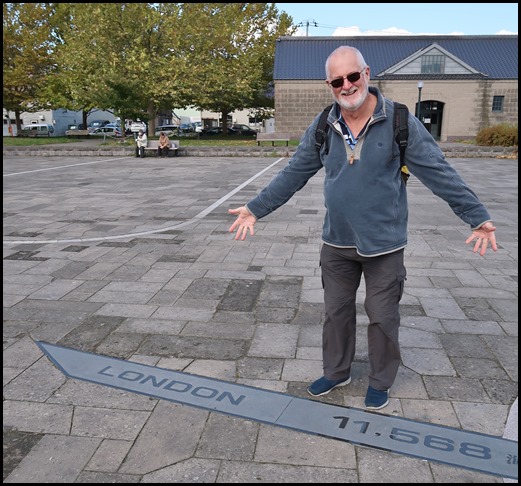 Bear decides it’s a
long way to London.
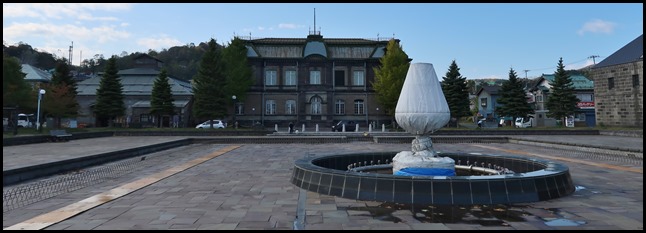 The information board says: Canal Park was created as a reminder of Funairima.
Funairima was a small bay which was used exclusively by the Former Nihon Yusen
Company Otaru Branch (the building was designated as a Nationally Important
Cultural Asset) to load and unload commodities directly from barges in the canal
to the warehouses surrounding it.
The park is a reminder of the original
state of the canal and its surroundings in those days.
 A grand old lady, the highlight of my time
in Otaru – Nihon (Nippon) Yusen Company Otaru
Branch Designated on the 12th of March 1969. Erected 1906 Construction:
Two-story stone.
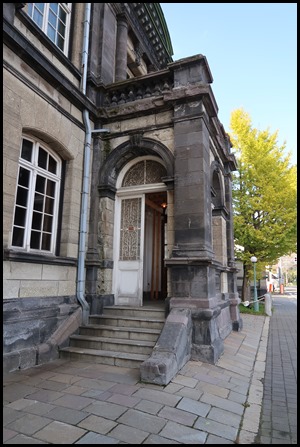 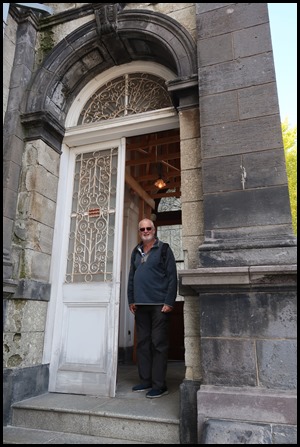 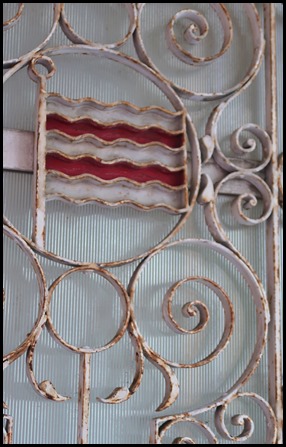 The lovely entrance, classical doorway with
flag detail.
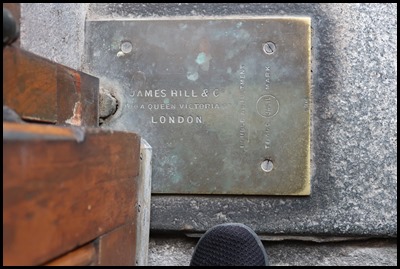 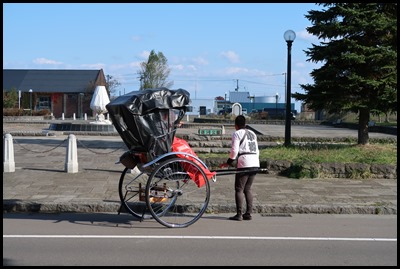 James Hill & Co brass door/floor plate, purveyor to Queen Victoria. We look up to see
a firm set of calf muscles.
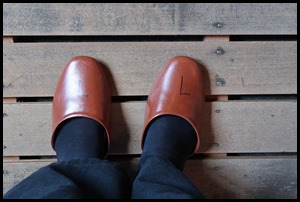 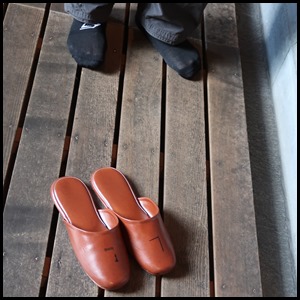 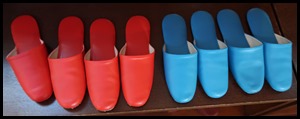 Too cold to take my socks off, I really
struggled in the slippers I was given. Bear bracing himself – perhaps we should have wedged children’s ones on. It took us all our might to get up the
stairs and we had to scuff along for the next hour or so.
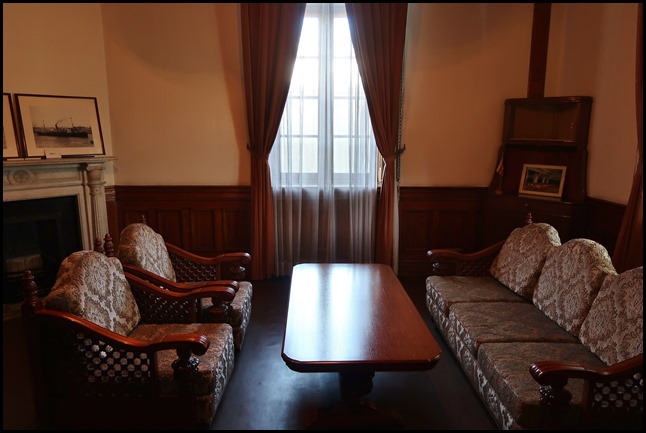 We paid the very helpful, but not a word of
English ladies, I put a stamp in my book and finally we were admiring the downstairs reception room.
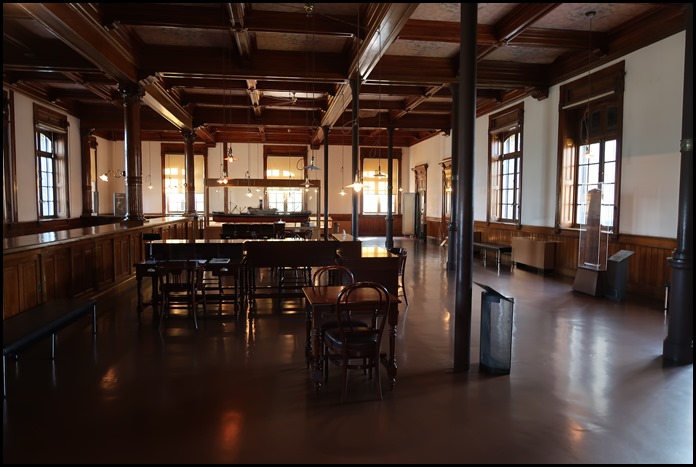 A quick look back at the main room while it was empty and we faced the stairs,
we would have found it easier to go up with skis, mountain boots or tennis
racquets for that matter.
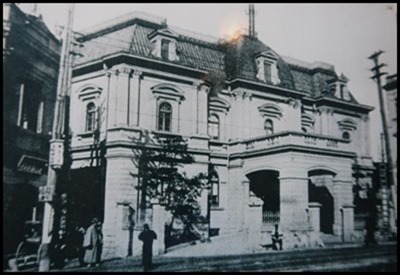 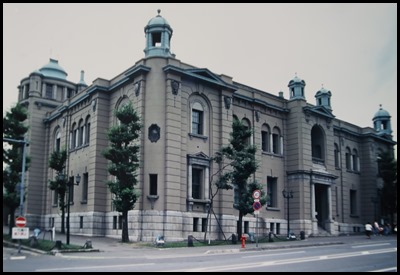   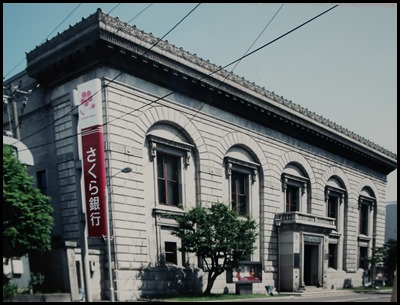 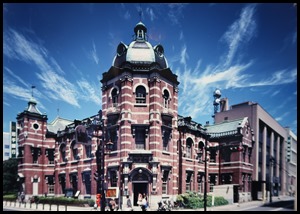 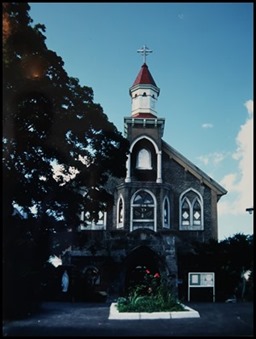 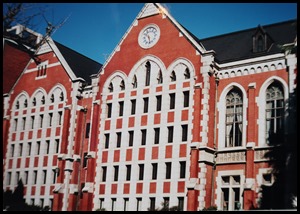 The piece of paper the nice lady gave us
says: In 1904 construction was begun on the former Otaru branch offices of
the Nippon Yusen Co., Ltd. a two-storied modern European Renaissance structure
in stone, and completed in October 1906. The architect was Shichijō Satachi a
member of the first graduating class of the College of Engineering while
contracting was done by the local construction group headed by Iwakichi
Yamaguchi.
Construction costs amounted to about
sixty thousand Yen at that time. It is thought that the construction of the
office was undertaken because of the widespread fire that had occured in 1903.
At the time Otaru was filling out its commercial port facilities in functioning
as a key city in the development of Hokkaido and the shipping, sea freight and
warehousing industries were vying to establish docking and stone warehouse
facilities. Also, in the latter half of the Meiji Period, top class architects
were using what were then the most advanced techniques to create Western style
architecture, of which many representative examples
remain. This structure is symbolic of the beginnings of that
era.
In 1955 the building bought from
Nippon Yusen by the city and beginning the following year it was used as the
Otaru Museum. In March of 1969 it was designated as an Important National
Cultural Asset as a representative example of latter-day Meiji Period stone
architecture.
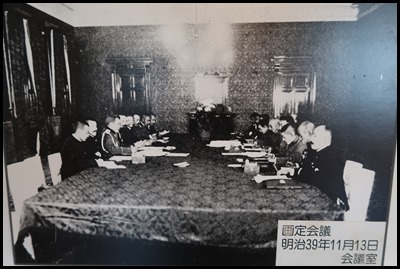 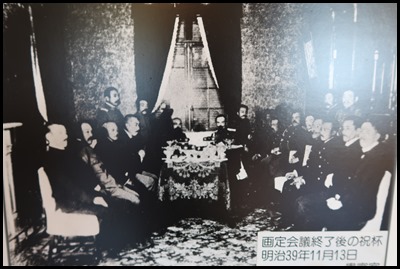 As a historical footnote to the office
building, shortly after its completion in November 1906, the second floor meeting room was used for the Commission to
Determine the Russo-Japanese border on Sakhalin Island in accordance with the
Portsmouth Treaty after which the neighbouring special guest
reception room was used for a party in celebration of the
event.
As years passed the building began to
show sign of age and first the roof replaced in 1978. Then, in 1982, a full
inspection was made to ascertain the extent of the necessary repairs and in
October of 1984 restoration operations began, which were finally completed in
June of 1987 after thirty three months of work. Here was resurrected the
cultural inheritance of superior commercial architecture representative of the
commercial city of Otaru in the latter day of Meiji. I feel tired after
typing that with Bear dictating. I’ll have to have a cup of tea.
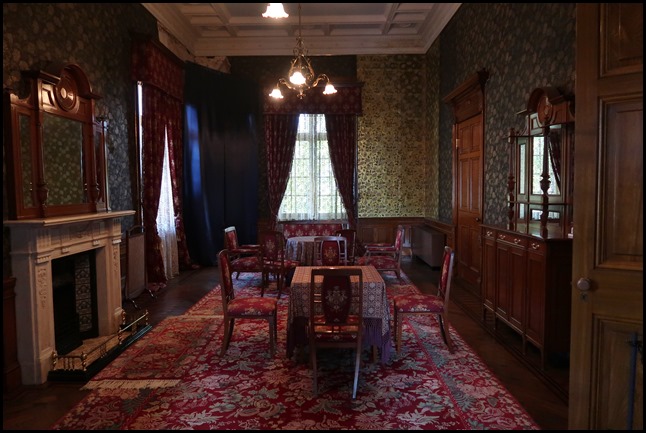 The lavish sitting
room, as used for the party after the
meeting.
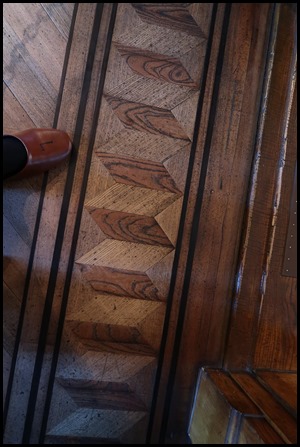  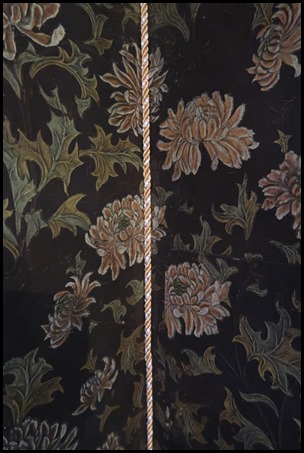 I loved the woodblock
floor design, a picture from the past and Bear
loved the simple use of cord stuck to the wallpaper
in the corner, adding finish and neatness.
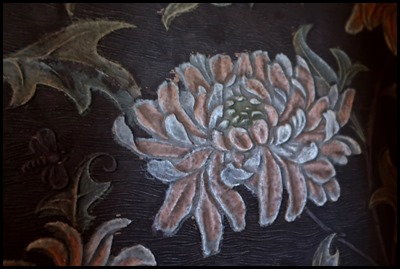 The wallpaper in this
room still shone, although sadly, chipped in places.
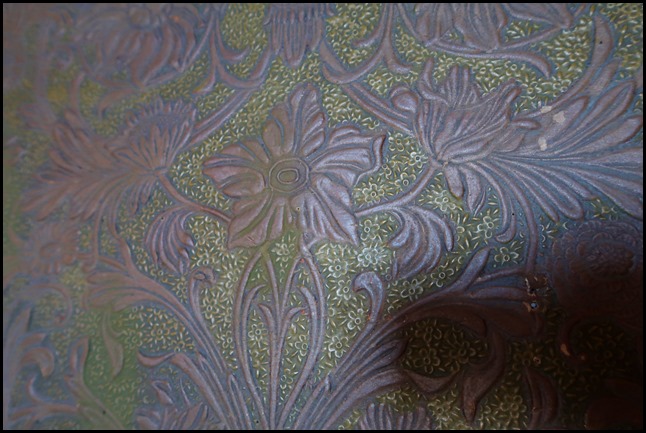 Embossed Gilt
Wallpaper: (Kinkarakawa) in the main meeting room. The walls of
the special guest reception room and meeting room on the second floor and
ceilings of the first floor operations office, reception room and branch
manager’s office were papered with Kinkarakawa paper, and embossed gilt
wallpaper.
Kinkarakawa wallpaper was developed
after the idea of European coloured leather wall coverings. Hand made rice paper
had been used to make wallpaper, chiefly for export, since the beginning of
Meiji. The high quality and its special beauty had received high acclaim at
international expositions.
Adding of it being hand made, and very
expensive however, it was also very long lasting, so that order were few and
demand dwindled until, unfortunately, the manufacturing process itself had no
one to carry it on.
In any case, Kinkarakawa wallpaper is
a special heritage of the Meiji Period born of a combination of original
Japanese materials and an ingenious hand made process.
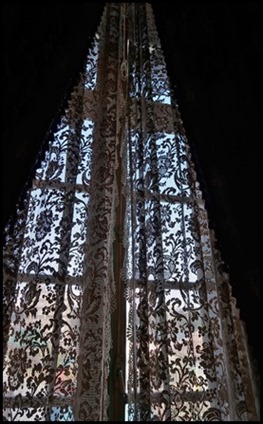
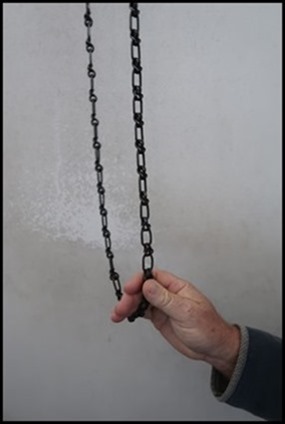 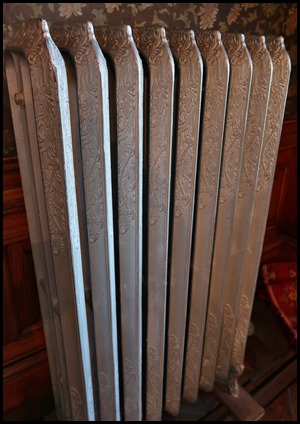 Lace curtains.
Hefty blind pull and intricate patterns on the radiator.
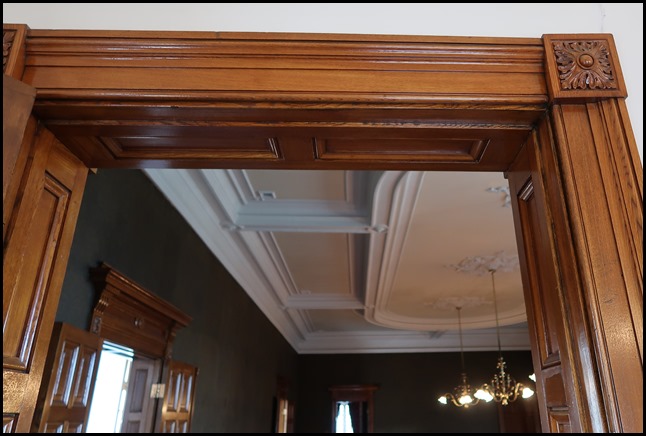 Beautiful door
frame into the meeting room.
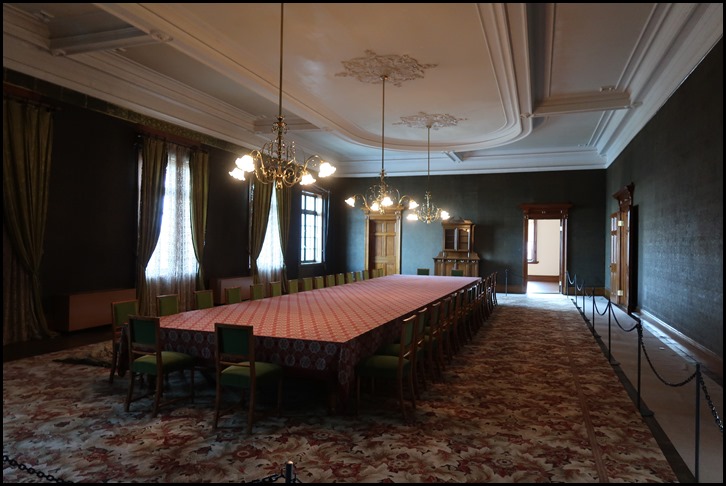 The meeting room
with its vast table.
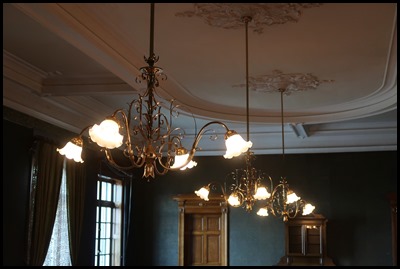 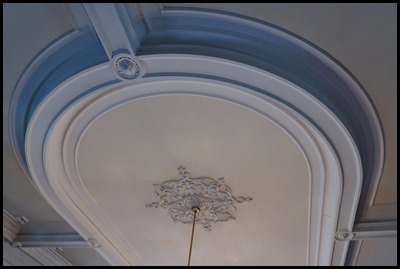 Lights and ceiling detail.
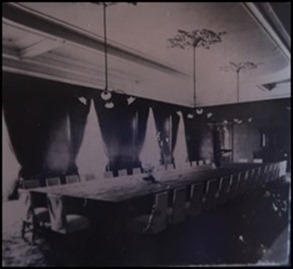 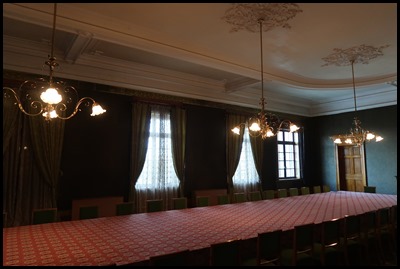 Then and now.
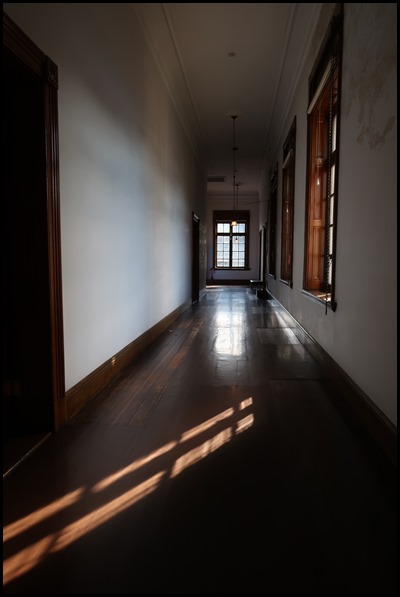 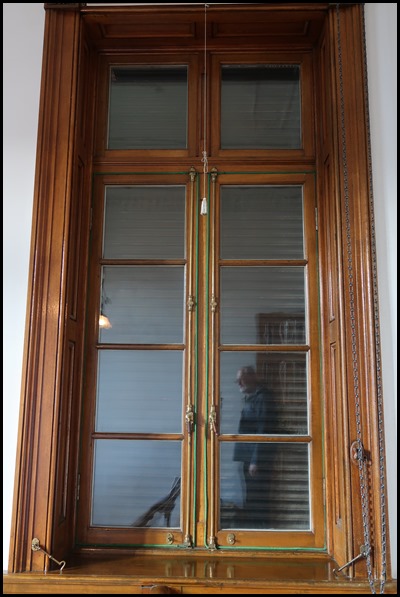 The corridor
with matching windows at each end.
CONTINUED |